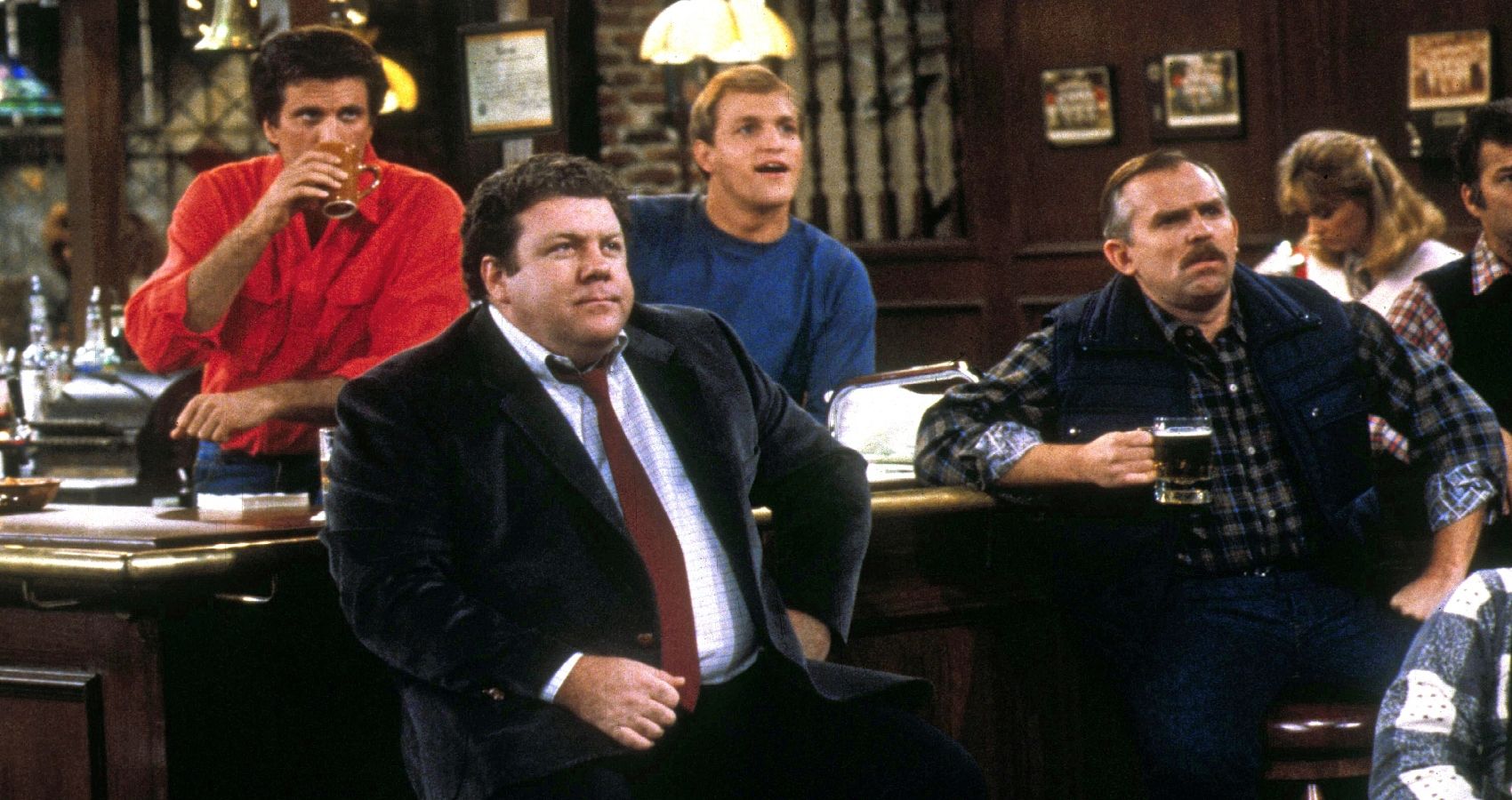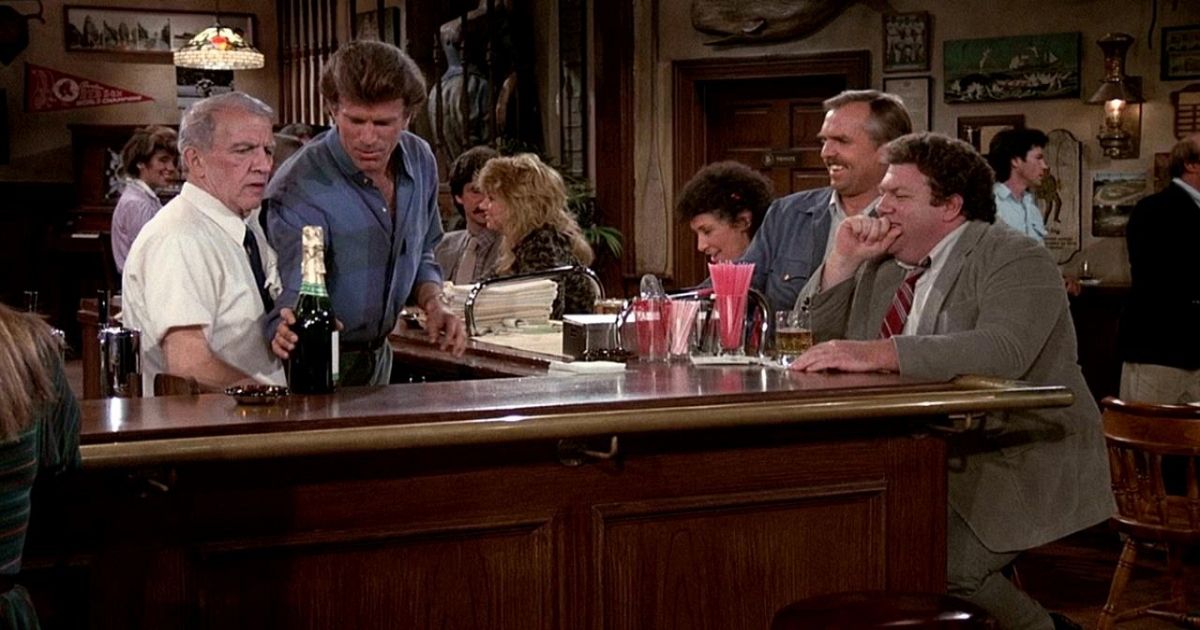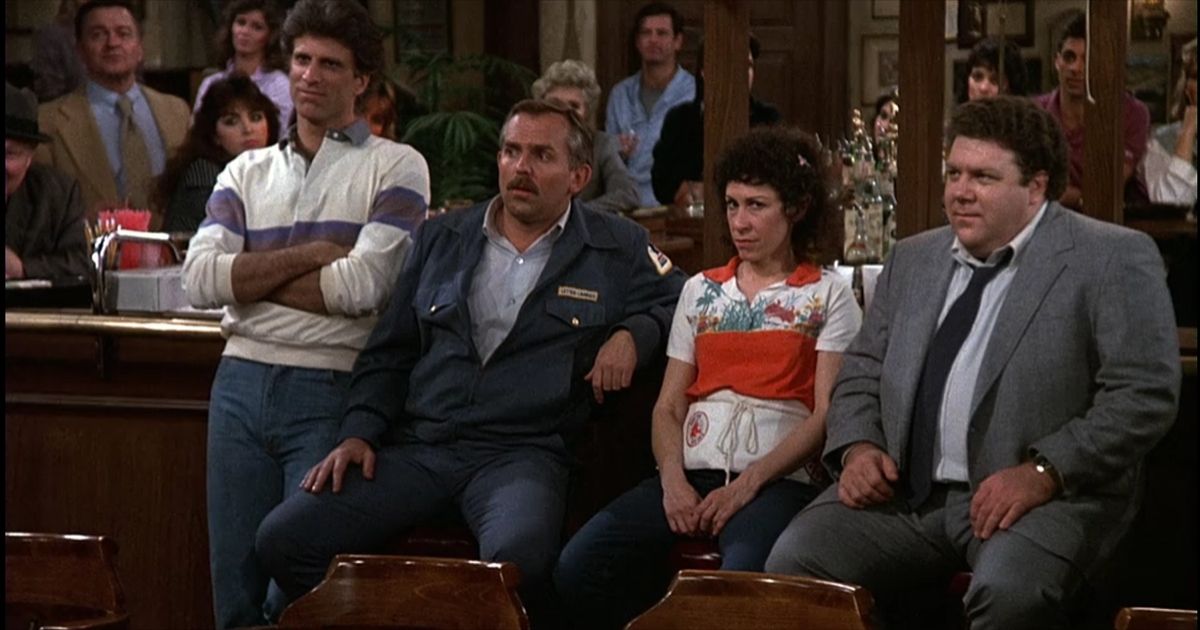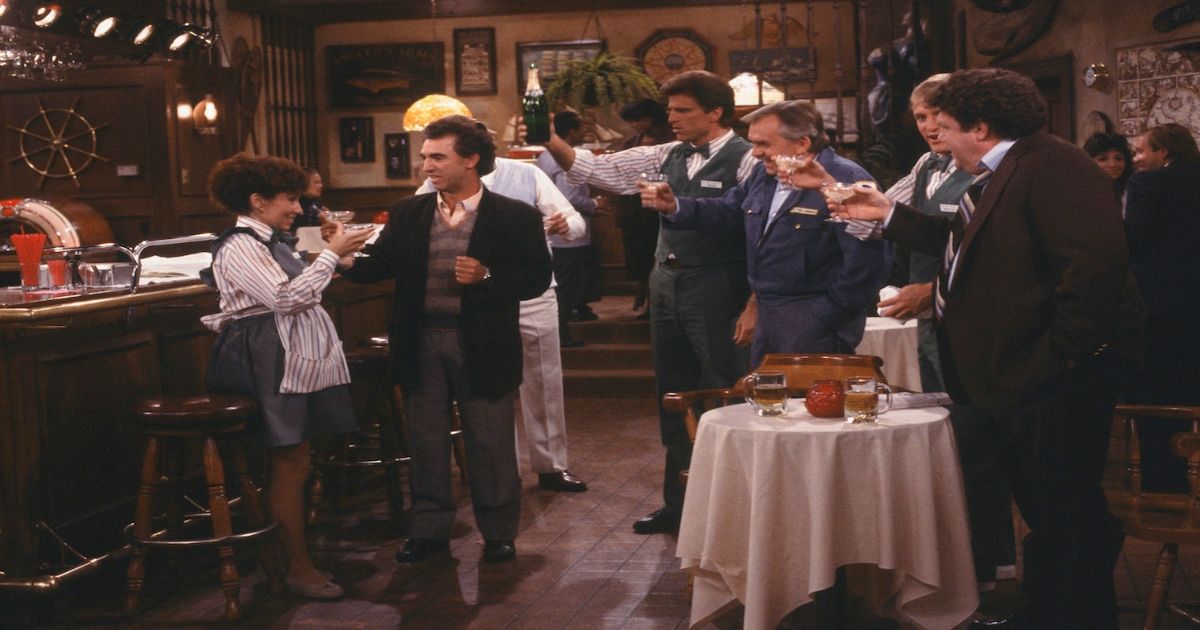It’s hard to describe the aura surrounding '80s America. It was a time of fear, patriotism, optimism, and an economic boom. While a perversive bleakness is present throughout, there’s also this indomitable spirit of adventure and curiosity that made it look more like a worthy challenge than an actual problem. The American public was energetic and very much deep into its own vices, creating an era where everything was moderately explored and interpreted.
In 1982, just when this process was beginning to take form, a television show that took place at a local pub in Boston made its national debut, further driving home the point of just how different this new era would be. Cheers arose from a simple idea that brothers Glen and Les Charles had been toying with for some time. While working on the show Taxi, the Charles brothers developed an idea for a fictional bar located in Barstow or Missouri, where people regularly met to discuss their troubles and wind down after a long day of work. The location was changed to Boston, and the rest began to fit. It premiered on September 30th, 1982, at the very bottom of the ratings. However, it quickly became a cultural phenomenon, establishing itself as the defining show of the era.
Character Dynamics
A lot of factors come into play when determining what made Cheers so impactful, but a good place to start is with its characters. When it came to selecting them, they touched upon different social classes and ideals as a tool to show different parts of the American experience. The show’s main character, Sam Malone (Ted Danson), ex-baseball player and owner of the bar, represented jock culture; Norm Peterson (George Wendt), the bar’s most regular costumer, stood for corporate America and its disillusionment; Carla Toretelli (Rhea Perlman), the bar’s waitress, the lower working class; Cliff Clavin (John Ratzenberger), a United States Postal Worker, the middle working class; Coach Ernie Pantuso (Nicholas Colasanto), Sam’s former coach and mentor, the older generation; and Diane Chambers (Shelley Long), a graduate socialite that ends up working at the bar after her fiancé left her, represented the lower-high class. Each character plays off each other with these dynamics in mind, and what ensues is a barrage of witty banter, slapstick humor, and fascinating observations on the contradictions and hypocrisies each distinct background has with each other.
The writing of Cheers is some of the best ever put into a sitcom. It was fresh, honest, creative, and multi-layered. Each character was perfectly defined and placed next to a worthy counterpart to their perspective. Norm and Cliff played off each other in a friendly but oftentimes mean-spirited way, Carla and Cliff were always on the ropes, and Sam and Coach had a jovial father-son relationship. The best example out of these was the on-and-off romance between Sam and Diane, considered by many to be a cultural touchstone of the '80s. The relationship was a roller coaster, with moments of passion, deceit, heartbreak, and borderline abuse. It’s unique in the sitcom world for how real their conversations were. The constant tension, horrible timing, and outside forces influencing their attitudes towards each other is what kept most viewers constantly watching, hoping for either a satisfying conclusion or just a conclusion. It was the show’s biggest draw, as it allowed it to increase its viewership steadily over the course of its first three seasons until reaching the top-five most-watched shows every year after.
Handling Problems
What truly made Cheers endearing and timeless was its impeccable ability to handle production problems and expand the scope of the characters’ surroundings. When the actor who portrayed Coach tragically died during the middle of the third season, the writers decided to replace him with a similar but younger character named Woody Boyd, played by Woody Harrelson. His introduction brought a fresh new outlook, perfect for the overall chemistry of the characters, and allowing them to continue their strong dynamics. The same could be said when Shelley Long decided to leave the series after its fifth season, forcing the writers to come up with a new character to replace Diane. They struck gold with Kirstie Alley, who portrayed corporate social climber, Rebecca Howe. She acted as the perfect contrast to Sam, made even more interesting by the lack of any actual tension between the two. Subsequently, the show began to focus more on developing more stories for the secondary characters, further driving home the point of its ability to stay dimensional and creative.
Expanding Universe
It is downright mesmerizing how almost every character they introduce along the way became not only a focal point of the developing stories, but were also likable and genuine contributors to the humor and banter the show cultivated. They didn’t feel like foils or exaggerated versions of their professions, but actual human beings. Their most successful addition was psychiatrist Dr. Frasier Crane, a love interest of Diane during season three, who later turned into a regular at the bar. The character would go on to have its own successful spin-off, Frasier. Others who made an impact and became regulars were Dr. Lilith Sternin, Carla’s ex-husband, Nick Tortelli, Carla’s new husband, Eddie LeBec, billionaire Robin Colcord, restaurant owner, John Allen Hill, and business magnate, Evan Drake, among a vast collection of regulars and guest stars.
The show also implemented long story arcs over the course of the series. While they may be unplanned and wind down several seasons, they reach their conclusions after long stretches of the similar will-they or won’t-they tension between Sam and Diane. Norm’s working problems are thoroughly explored as a running gag (much like his wife Vera being mentioned but never appearing on screen), and so are Cliff’s problems with women; Woody’s relationship with socialite Kelly Gaines; Carla’s search for happiness; Frasier and Lilith’s constant relationship problems, and Rebecca’s desperate search to find a rich man to marry.
Cultural Significance
At the heart of Cheers lies the separation between the low and the high classes, and how these people interact with one another. It really hammers home the point of how it’s all a matter of attitude and tolerance. Characters like Norm, Carla, and Sam constantly put up with the rantings and feelings that superiority characters like Diane, Frasier, and Rebecca exude, and vice versa. Finding common ground is a main focal point of the series; we constantly see situations and difficulties which require them to make a decision on where they stand, highlighting the different moral and ethical boundaries they’re willing to cross or not.
A timeless classic show like Cheers reached the cultural heights it did for how it captured the essence of the culture it’s depicting, and no better sitcom managed to capture the essence of '80s Americana. It was all there; the conflict, the optimism, the struggle, the clear social division, the desire to belong, and the comradery that develops as you travel along this path. Cheers felt like a real-life depiction of what goes on in this environment; a rarity in sitcoms, which usually feel like a hyper-fixated version of reality. It affirmed the old saying of quality over quantity (although they didn’t have any shortage on that front either with 275 episodes in its repertoire). Its legacy will live on as a place Where Everybody Knows Your Name.





